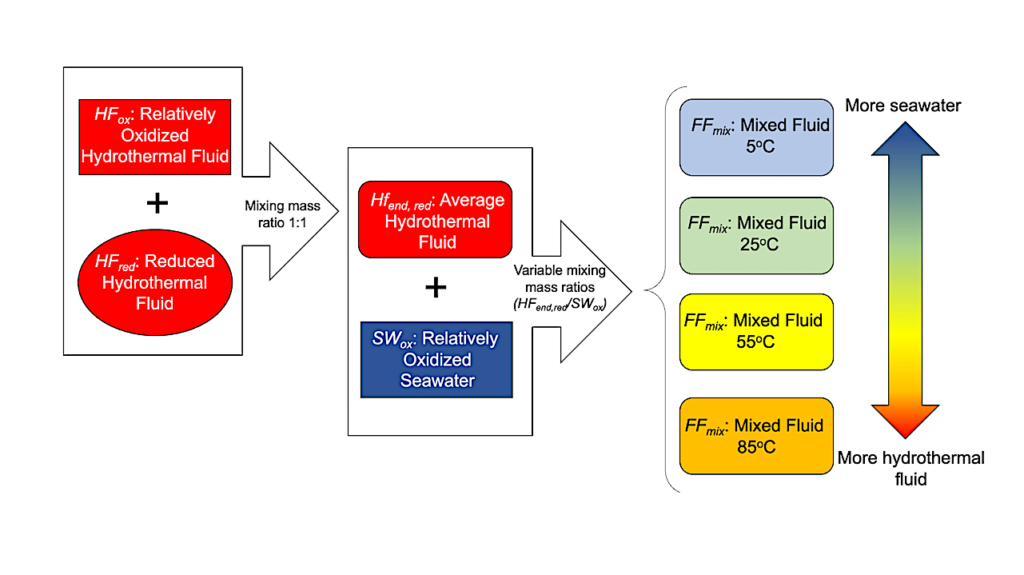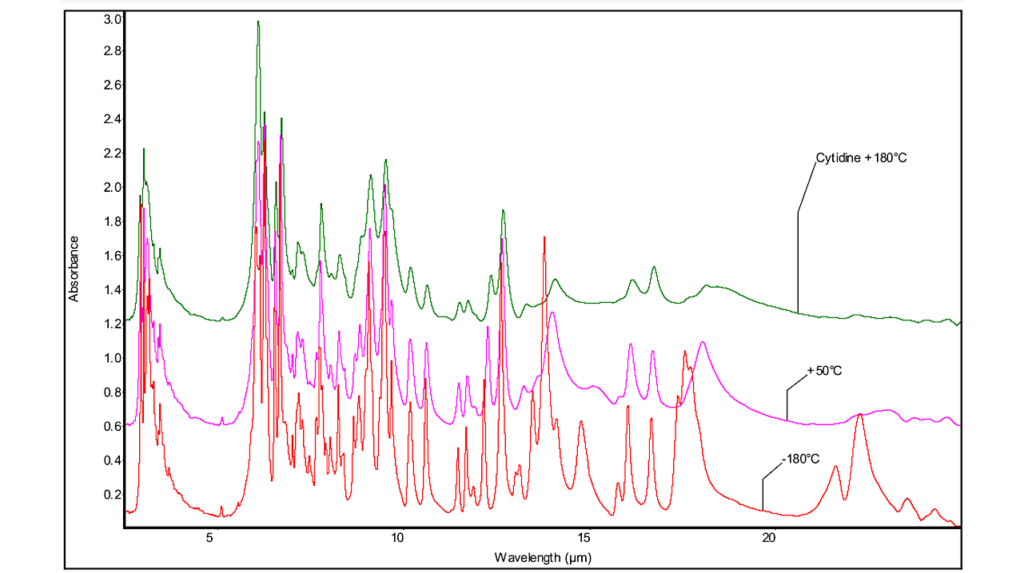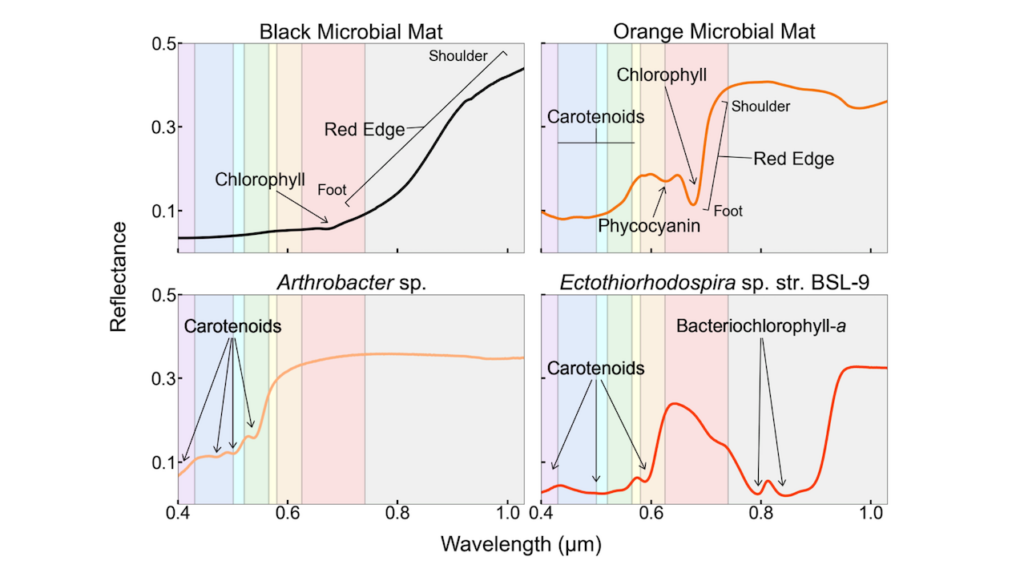Detecting Earth-like Biosignatures On Rocky Exoplanets Around Nearby Stars With Ground-based Extremely Large Telescopes

As we begin to discover rocky planets in the habitable zone of nearby stars with missions like TESS and CHEOPS, we will need quick advancements on instrumentation and observational techniques that will enable us to answer key science questions.
What are the atmospheric characteristics of habitable zone rocky planets? How common are Earth-like biosignatures in rocky planets? How similar or dissimilar are those planets to Earth?
Over the next decade we expect to have discovered several Earth-analog candidates, but we will not have the tools to study the atmospheres of all of them in detail.
Ground-based ELTs can identify biosignatures in the spectra of these candidate exo-Earths and understand how the planets’ atmospheres compare to the Earth at different epochs. Transit spectroscopy, high-resolution spectroscopy, and reflected-light direct imaging on ELTs can identify multiple biosignatures for habitable zone, rocky planets around M stars at optical to near-infrared wavelengths. Thermal infrared direct imaging can detect habitable zone, rocky planets around AFGK stars, identifying ozone and motivating reflected-light follow-up observations with NASA missions like HabEx/LUVOIR.
Therefore, we recommend that the Astro2020 Decadal Survey Committee support: (1) the search for Earth-like biosignatures on rocky planets around nearby stars as a key science case; (2) the construction over the next decade of ground-based Extremely Large Telecopes (ELTs), which will provide the large aperture and spatial resolution necessary to start revealing the atmospheres of Earth-analogues around nearby stars; (3) the development of instrumentation that optimizes the detection of biosignatures; and (4) the generation of accurate line lists for potential biosignature gases, which are needed as model templates to detect those molecules.
Mercedes López-Morales, Thayne Currie, Johanna Teske, Eric Gaidos, Eliza Kempton, Jared Males, Nikole Lewis, Benjamin V. Rackham, Sagi Ben-Ami, Jayne Birkby, David Charbonneau, Laird Close, Jeff Crane, Courtney Dressing, Cynthia Froning, Yasuhiro Hasegawa, Quinn Konopacky, Ravi K. Kopparapu, Dimitri Mawet, Bertrand Mennesson, Ramses Ramirez, Deno Stelter, Andrew Szentgyorgyi, Ji Wang
(Submitted on 22 Mar 2019)
Comments: 9 pages, 3 figures. Science White Paper submitted to the Astro2020 Decadal Survey
Subjects: Earth and Planetary Astrophysics (astro-ph.EP)
Cite as: arXiv:1903.09523 [astro-ph.EP] (or arXiv:1903.09523v1 [astro-ph.EP] for this version)
Submission history
From: Mercedes López-Morales
[v1] Fri, 22 Mar 2019 14:21:28 UTC (1,057 KB)
https://arxiv.org/abs/1903.09523
Astrobiology








